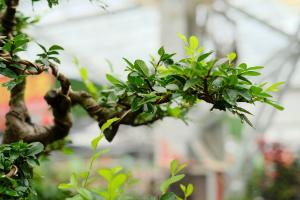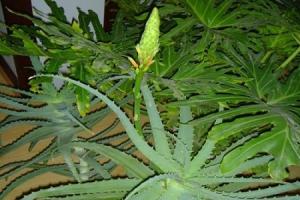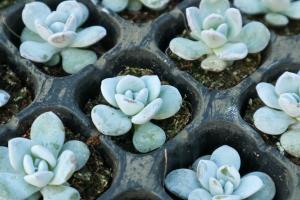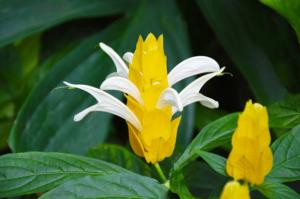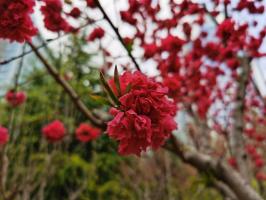Introduction
Lavender is a beautiful and fragrant plant that is popular all around the world. It has a number of uses, from aromatherapy to culinary applications to being a key ingredient in skincare products. If you've recently acquired a lavender plant and want to take good care of it, this guide will provide you with some useful tips to keep your plant healthy and thriving.
Lighting and Watering
Lavender plants need plenty of sunlight to thrive. Ideally, they should be placed in a spot that gets at least six hours of direct sunlight per day. If you live in a location with harsh sunlight, it may be necessary to provide some shade during the hottest part of the day. Additionally, lavender plants require well-draining soil and should not be overwatered. Allow the soil to dry out between watering sessions, and never let your plant sit in water for an extended period of time.
Pruning and Harvesting
Pruning your lavender plant on a regular basis is essential to keeping it healthy and producing new growth. Cut back any dead or diseased branches, as well as any areas that are showing signs of overcrowding. Additionally, it's important to harvest your lavender plant at the right time to ensure the highest quality and yield. Wait until the flowers have fully bloomed but are not yet beginning to fade. Then, cut the stems with a clean pair of pruning shears and hang them to dry in a cool, dry spot.
Fertilizing and Pests
While lavender is a relatively low-maintenance plant, it still requires some fertilization to ensure optimal growth. Use an organic fertilizer once a year in the spring to give your lavender a boost. Additionally, be on the lookout for common pests that can affect lavender plants, such as aphids and spider mites. Treat these pests promptly with a natural insecticide or by wiping the leaves and stems of your plant with a damp cloth.
Conclusion
By following these basic care guidelines, you can ensure that your lavender plant remains healthy and vibrant for years to come. Whether you're growing lavender for its fragrance, its culinary applications, or simply as a beautiful addition to your garden, taking good care of your plant will result in a more successful and enjoyable gardening experience.

 how many times do yo...
how many times do yo... how many planted tre...
how many planted tre... how many pine trees ...
how many pine trees ... how many pecan trees...
how many pecan trees... how many plants comp...
how many plants comp... how many plants can ...
how many plants can ... how many plants and ...
how many plants and ... how many pepper plan...
how many pepper plan...